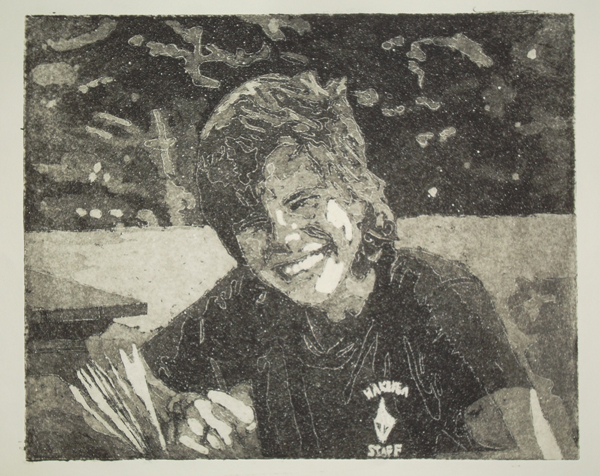Intaglio - White Line Experiment
I am calling this my Intaglio White Line Experiment. I have been exploring different ways of transferring an image onto a copper plate. At one time in the past I had tried carbon paper, but found that it would not stick to a cleaned, polished plate. However if I created and aquatint pattern using spray paint (Krylon Blue), I have found the resulting tacking surface to accept the carbon paper transfer quite readily. In addition, the waxyness of the carbon also resists the ferric chloride solution. This creates the white line effect.
In addition to using the carbon paper to transfer the image, I was also experimenting with different resist materials. So in this experiment I am using orange Liquitex acrylic paint (medium grade). I chose an old picture of a friend who was a camp counselor. I used Photoshop to covert the orignal photograph to a black and white image and then posterized it to 8 levels. I then sandwiched a piece of carbon paper between the aquatinted copper plate and a printed image, 8x10 inches, and numbered each tonal area 1 through 8.

After tracing all the lines for each posterized level, I ended up with the copper plate looking like this:

In the next series of pictures I painted in the numbered areas from the original image, 1 through 8.
I actually performed this experiment twice.
On the first attempt, the copper plate spent 2 minutes in the Edinburgh Etch I created, at each level. In the second experiment, it spent 5 minutes in the etch at each level. Level 1 has the lightest tonal value, and level 8 the darkest, since its was in the ferric chloride the longest.
Level 1

Level 2
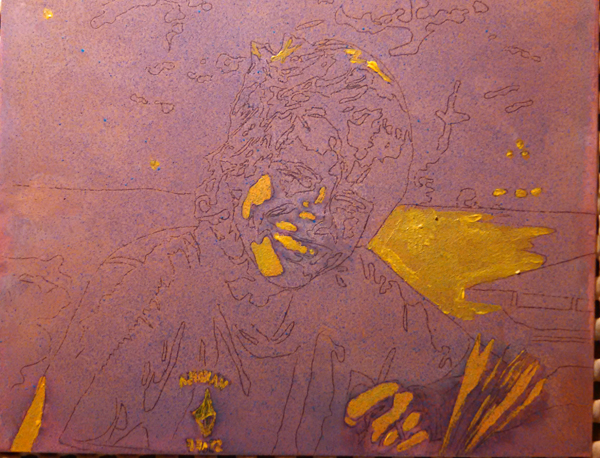
Level 3
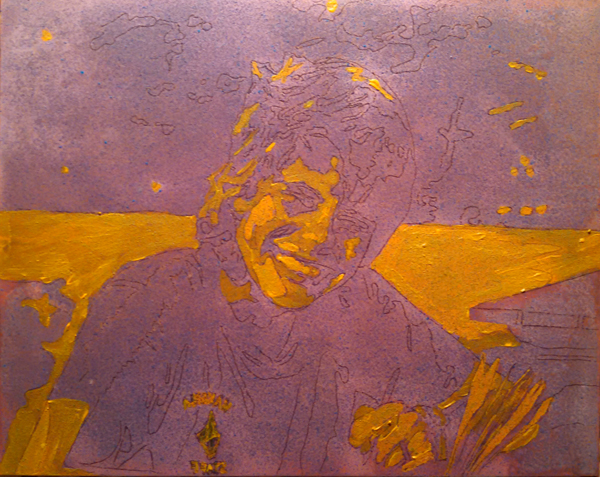
Level 4
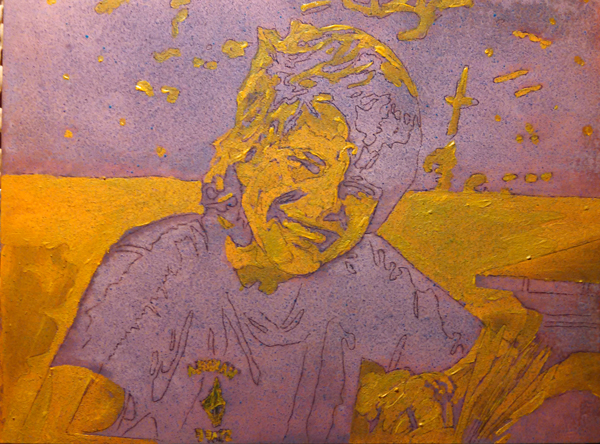
Level 5
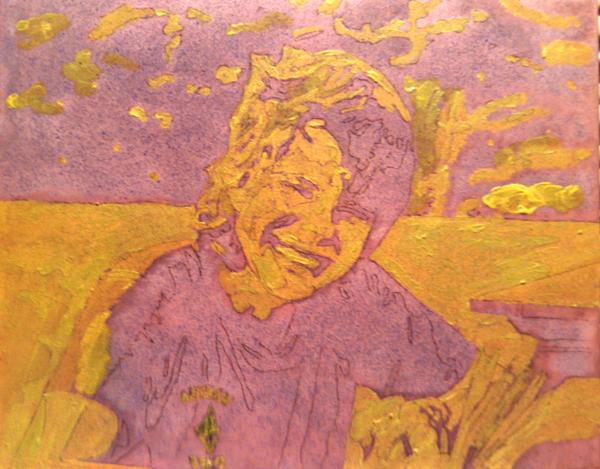
Level 6

Level 7
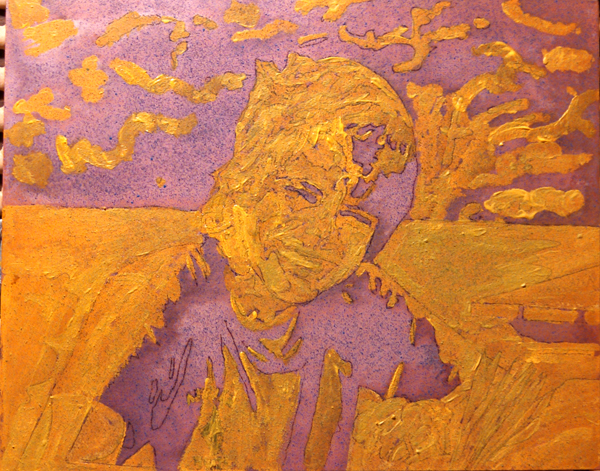
Level 8
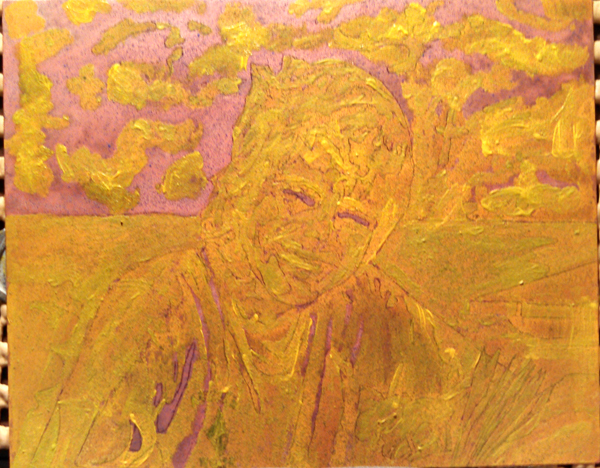
The carbon trace held up through each trip into the ferric chloride solution.
Once I was finished, the hardest part was removing the acrylic paint, letting the plate soak in 90% alcohol, and a lot of rubbing seemed to work. The next time I try this experiment I am going to try Gamsol ordorless mineral spirits to see if it works any better.
Turns out the least toxic, and most effective method of removing the paint is using a citric based paint remover. Which can be purchased at most hardware or home improvement centers.
First Try With 2 minute ferric chloride cycles

Second Try With 5 minute ferric chloride cycles
I found with the 5 minute soaks that the acrylic paint was starting to break down in the ferric chloride.

